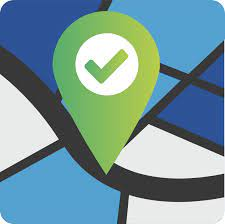How Does Address Validation Software Work?
There are over 130 different international address formats and accents to contend with – ensuring that the data captured, stored or transmitted by businesses is clean is essential for delivery accuracy, customer service efficiency and a positive UX. That’s why address verification is a critical first step.
The best address validation tools include a number of different functions, including cleansing, supplementation and standardization. Cleansing includes repairing spelling mistakes (like “st” versus “street”) and replacing non-standard characters. Supplementation adds missing components such as postal codes and apartment numbers. Standardization refers to ensuring that the address is formatted correctly, with additions like apartment numbers and standardizing abbreviations (like removing spaces between letters).
Real-time address verification solutions compare a user’s inputted address against an existing database of verified addresses. This can be more accurate than traditional database solutions because the verification process is performed in real time, whereas databases may take some time to update.
Real-time address verification can be used to verify an individual’s actual physical location, which can be useful in a variety of ways, from improving KYC processes and supporting fraud prevention to strengthening identity authentication and Trust & Safety initiatives. For example, financial institutions can use real-time location services to verify that a customer is at home or at work before they open a new account or transfer funds. This helps reduce the risk of money laundering and terrorist financing activities. It also makes it easier for customers to complete their transactions, with reduced friction and a better experience.




Comments
Post a Comment